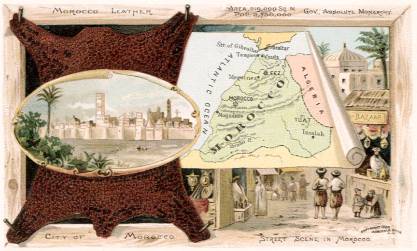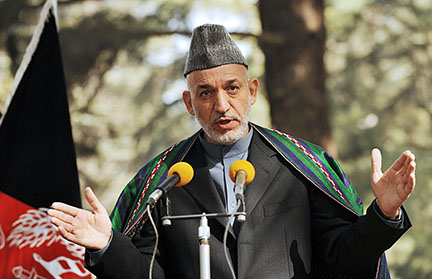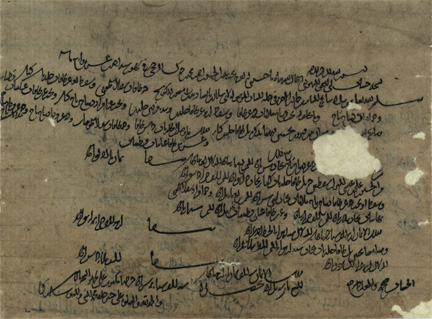
Area: 219,000 sq. mi
Population: 2,750,000
Government: Absolute Monarchy
Scenes: Morocco Leather; City of Morocco; Street Scene in Morocco
previous post I began a series on coffee advertising cards with Middle Eastern themes. One of the most colorful collections is that provided by the Arbuckle Coffee Company. In my great, great aunt’s album there were several Middle Eastern and North African nations represented, but she did not have all the cards. Here is a final potpourri from Arbuckle’s 1889 series, starting with Morocco above. Continue reading Tabsir Redux: Mocha Musings #4: Morocco to Afghanistan






